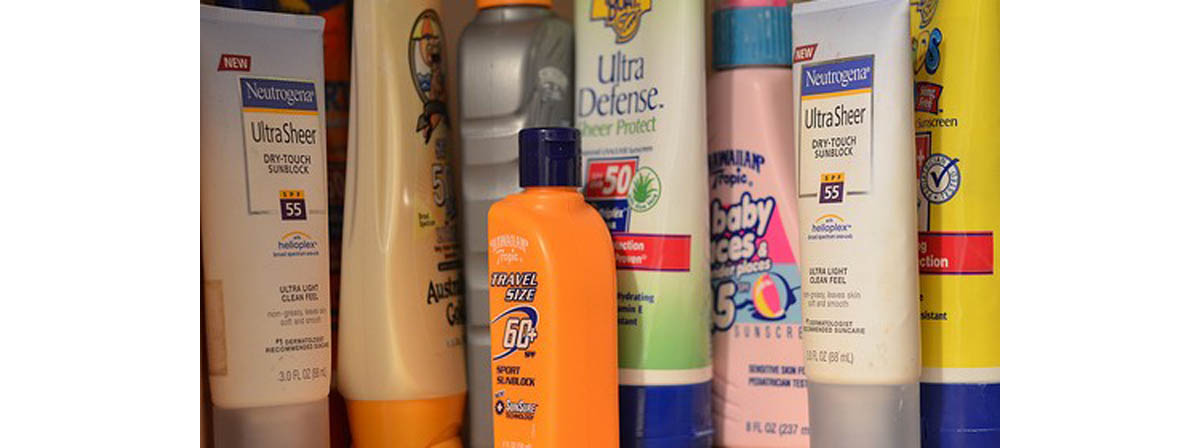Table of Contents
I'll make a confession. Summer before last I bought more SPF-70 sunscreen than I could use, and I'm going to have to throw it out because it's too old this year. And I didn't really need it, despite the fact I live in Texas where summers are definitely on the bright and sunny side. But do you need high-SPF sunscreen for yourself?

First, it may help to understand exactly what "SPF" is? An abbreviation for "sun protection factor," SPF was first computed for products designed to protect people on ice, not on beaches. And while SPF measures how long one can stay in the sun without damage, the SPF being the number of times longer the skin stays undamaged with the product compared to no sunscreen at all, it's just an estimate. Here's why:
- The sun doesn't cooperate with your skin protection efforts by beaming at the same intensity all the time. An SPF 15 sunscreen might theoretically protect your skin 15 times longer than the length of time it would stay burn-free with no sunscreen at all, but sunlight varies in intensity over time.
- Different skin types need different amounts of protection. Any recently injured skin — especially Asian skin, but even black skin — needs sun protection. Otherwise, the fairer the skin, the more protection it needs.
- Some common ingredients used in sunscreen, like those listed earlier in this article, stay on the surface of the skin. Others soak into the skin, where they get used up. The acidity of the surface of your skin, whether you splashed it with a product containing alcohol, whether you perspire, the relative humidity of the air around you, and whether your skin has come in contact with perspiration or water, all make a difference in how well sunscreen works.
And a sunscreen with a high-SPF sunscreen doesn't block a whole lot more sun. An SPF-15 sunscreen shields your skin against about 96 percent of the sun's rays. An SPF-50 sunscreen blocks about 99 percent of the sun's rays, as do SPF-70 and SPF-100 products. However, since all kinds of sunscreen tend to rub off or wash off by the end of two hours or less (as soon as 40 minutes after application when "water-resistant" sunscreen is exposed to actual water), no sunscreen works very long.
So what's the rule? It's really very simple:
Enough product to cover your whole body is typically 1-2 ounces (30 to 60 grams) every 2 hours you are outside. Enough product to cover face and arms is usually 1-2 teaspoons (5 to 10 grams) every 2 hours you are outside.
How often you use sunscreen is more important than which sunscreen you use. The high-SPF products tend to contain moisturizers and skin restorative ingredients that may be worth the money, but for simple sun protection, it's not so much which product you use as how often you use it and whether you use enough each time.
- Maier T, Korting HC. Sunscreens - which and what for? Skin Pharmacol Physiol. 2005 Nov-Dec
- 18(6):253-62. Epub 2005 Aug 19.
- Ou-Yang H, Stanfield J, Cole C, Appa Y, Rigel D. High-SPF sunscreens (SPF ≥ 70) may provide ultraviolet protection above minimal recommended levels by adequately compensating for lower sunscreen user application amounts.J Am Acad Dermatol. 2012 Dec. 67(6):1220-7. doi: 10.1016/j.jaad.2012.02.029. Epub 2012 Mar 30. PMID: 22463921 [PubMed - indexed for MEDLINE].
- Photo courtesy of Maggie by Flickr : www.flickr.com/photos/38494596@N00/443642299/
- Photo courtesy of Joe Shlabotnik by Flickr : www.flickr.com/photos/joeshlabotnik/6884555524/

